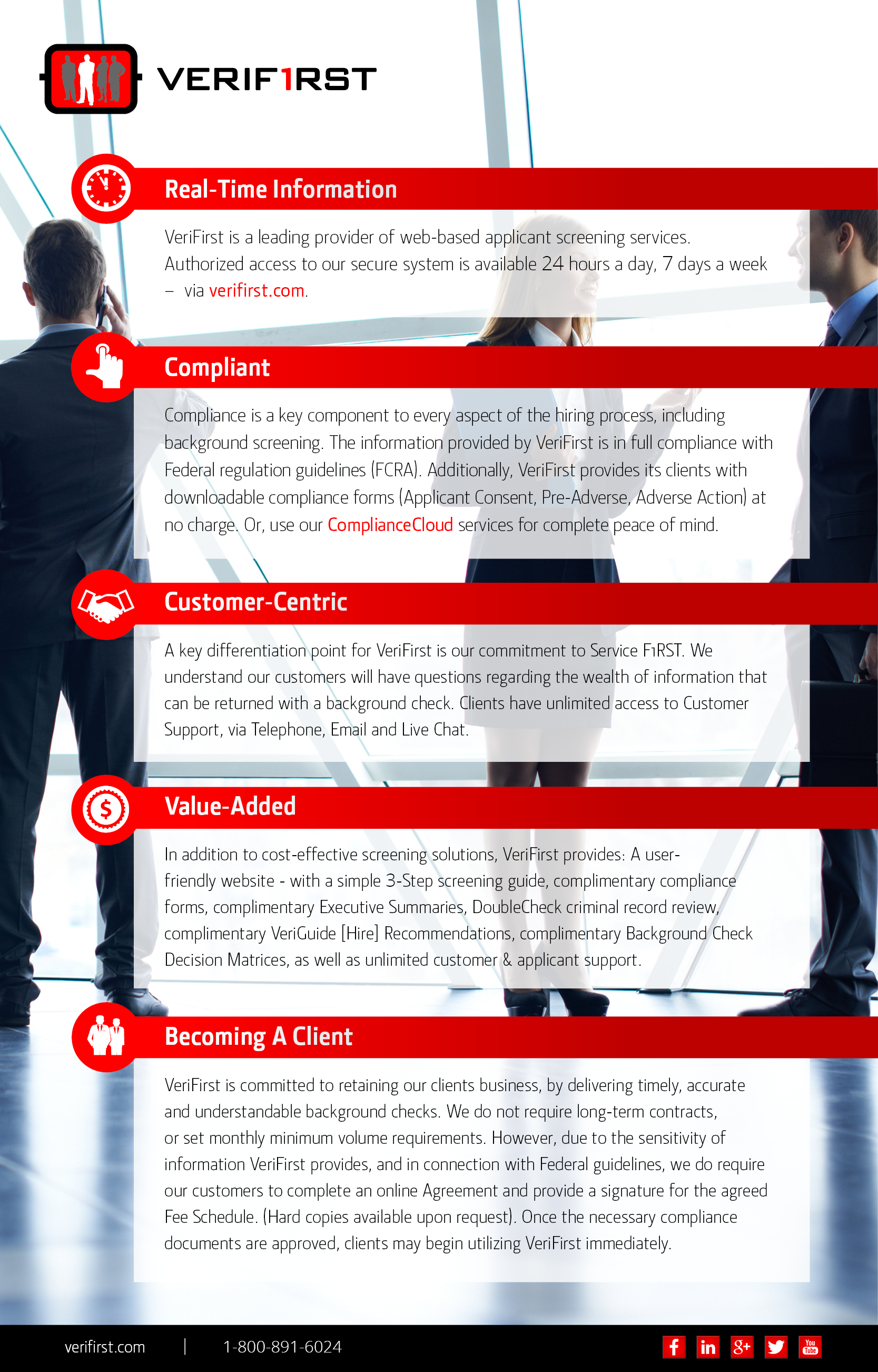8 Tips for Managing Change: (Inspired by my 5 year old.)

(Photo courtesy of my son, September 2012)
Preparing for change.
A few months ago, my 5 year old was ecstatic about the idea of taking a school bus. It was the beginning of his kindergarten year. No more pre-school, this was the big time! The concept of something new, both big and bold, intrigued him. To his younger brothers, he was a pioneer of change.
Just moments before the bus arrived, we were in the driveway giving "fist-pumps" and high-fives. Kindergarten (and the bus) were going to be awesome! But then bus arrived.
As my son took his first steps on the bus, he caught a glimpse of the "big kids" sitting in the back. His nerves set in. Much like "buyers remorse", he felt a need to turn and run. As he climbed back off the bus with a full set of tears, the reality of change had set in. A few hugs later, I found myself back at the negotiating table assuring him that this will get easier.
The definition of change is really quite simple; (verb) To make different in some particular: Alter. Change is such a small word, but often just mentioning it, even in casual conversation, brings on drastic reactions. If the word change, or just the thought of it, makes your palms sweat and the nightmares start, rest assured that you are not alone.
Life is full of change, especially in the business world. Effectively managing change helps calm people while allowing them ways to cope and remain productive.
These eight tips will help even the most hesitant person embrace change:
- Do your research. Change is scary. Whether it is going to kindergarten on the first day or changing vendors, learning more about the change helps tremendously. Take time to familiarize yourself with the new program, facility, or co-worker.
- Put it down on paper. Managing change is easier to do if you are organized. Make a list of the steps you need to learn, the meetings you have to attend, questions you may have, or suggestions you would like to offer. Encourage others to do the same. People generally feel better about the change that is occurring if they are able to manage the details and results.
- Look on the bright side. Even the hardest changes to make have a silver lining. Managing change is successful when you take time to focus on the positive attributes and the new benefits that the change will bring.
- Get everyone on board. Change rarely affects just one person, especially in business. The best method of managing change is to adequately communicate the changes to everyone involved, allow them time to accept the change, and provide effective training. People handle change differently, but everyone is really looking for the same thing. They want to know that they are valued, safe, and well trained for the tasks that lie ahead.
- Be patient. While it often seems that change happens over night, it rarely occurs that way. Don't expect too much out of yourself or your colleagues. Give time for the change to work. Expecting results too soon or expecting a faster learning curve only sets the change up for failure.
- Resistance is futile. If the idea of change leaves you wanting to drag your feet, you are not alone. That feeling, however, is not productive. Change is inevitable. The quicker you learn to accept it, the smoother your transition will be.
- Take one step at a time. If you find that you're going through a massive restructuring, it is important to remember that managing change is only successful when you proceed slowly. Trying to institute multiple changes at one time leads to confusion and feelings of being overwhelmed. Those most successful at managing change, bite off one piece at a time.
- Don't get too comfortable. Change is the name of the game in the business world. Programs change, better technology exists, and new ideas are needed. Change is an important part of the process. Companies thrive because they make the changes necessary to succeed in an ever-changing world. Getting too comfortable with the way things are, only makes managing change harder. Expecting that the next change is just right around the corner, mentally prepares you for the process that will occur.

Taking the leap.
It is important to remember that managing change is necessary because it is a physical process. Change triggers the portion of our brain that manages emotions, behaviors, memory, and other functions. Knowing that makes it easy to understand why managing change can be so difficult. It triggers fear, anxiety, and higher stress levels.As it was for my son taking his first step on the school bus, the fear and anxiety can be overwhelming. However if you stop, breathe, and get back on the bus...you'll soon realize that change is usually a worthwhile ride.
A note about our VeriFirst:
We understand that change is not always easy. With a company built on superior customer service, we are ready to assist you through each step. Our complimentary trial period allows customers to try our services, free of charge. If you are looking for a change in your background screening company, contact VeriFirst. We're confident that this is one change that you'll be glad you made.
Share this
You May Also Like
These Related Stories

Managing Change: What Keeps You Up at Night?

New Background Screening Features for 2016

